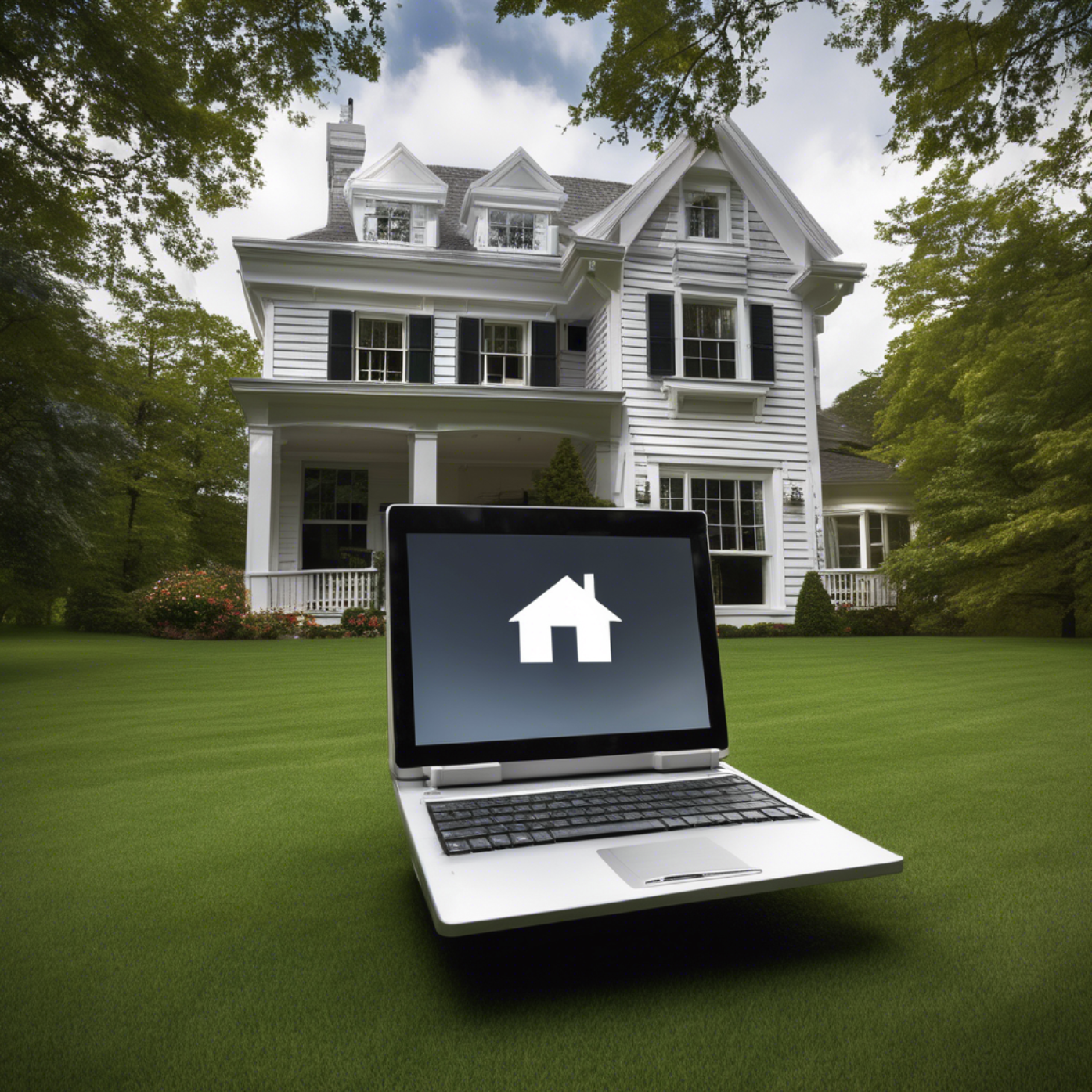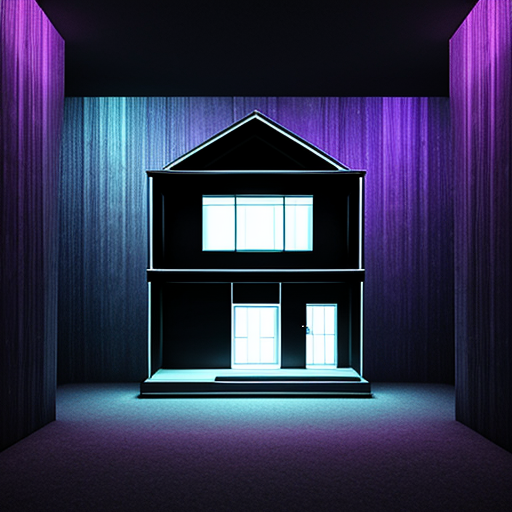
Virtual staging has become a game-changer in the real estate industry. It offers realtors, interior designers, and even home buyers a cost-effective and visually compelling way to stage a property digitally. But what actually goes on behind the scenes of a virtual staging app? How do these platforms manage to transform a photo of an empty room into a fully furnished, stylish living space with such realism? This article breaks down the core technologies and workflows that power virtual staging apps.
Read about the best virtual staging softwares and apps for real estate and realtors 2025 (DIY and free download reddit): Virtual Staging
1. What is Virtual Staging?
Virtual staging is the process of using digital technology to furnish and decorate photos of empty or outdated spaces. Unlike traditional staging, which requires physical furniture and accessories, virtual staging relies on computer-generated imagery (CGI) and 3D rendering to create realistic representations of interior spaces. The main goal is to help potential buyers visualize how the space could look when fully furnished, ultimately driving more interest and faster sales.
2. The Input: High-Quality Photographs
The process begins with the user uploading high-resolution images of the property. These photos should be taken from multiple angles with good lighting to ensure the best results. The clarity, resolution, and angle of the images play a crucial role in determining how realistic the final staged image will appear.
3. Image Processing and Cleanup
Before adding furniture, the uploaded images often go through a preprocessing phase. This may include:
Removing imperfections
Correcting lighting and color balance
Straightening the perspective
Erasing existing furniture or clutter (if needed)
Advanced staging apps use AI-based tools to automate some of these tasks, such as background removal and color correction.
4. 3D Modeling and Asset Libraries
At the heart of every virtual staging app is a vast library of 3D furniture models and decorative items. These digital assets are created using 3D modeling software like Blender, 3ds Max, or SketchUp. Each item is designed with accurate proportions, materials, and textures to ensure realism.
Users (or designers working on their behalf) can select items from the library and drag-and-drop them into the image. The app then positions the items in the correct perspective to match the room's dimensions and lighting conditions.
5. Scene Composition and Realism Enhancements
Once the furniture and decor have been added, the next step is to fine-tune the scene. This includes:
Adjusting shadows and reflections
Matching light sources
Enhancing material textures (wood grain, fabric weave, metal sheen, etc.)
Some apps employ ray tracing algorithms to simulate real-world lighting and enhance realism further.
6. Rendering the Final Image
Rendering is the process of generating the final image from the composed 3D scene. High-quality rendering engines produce photorealistic results by simulating light behavior, surface interaction, and material properties. This step can be computationally intensive and may be processed on cloud servers to speed up delivery.
7. Exporting and Sharing Options
After rendering, users can download the finished images in various formats. These images can then be uploaded to real estate listings, shared on social media, or embedded into virtual tours. Many apps also offer side-by-side comparison tools to show the "before and after" views.
8. AI and Machine Learning Integration
Cutting-edge virtual staging apps integrate artificial intelligence to automate design choices. AI can:
Suggest furniture layouts based on room dimensions
Recommend design styles (e.g., modern, traditional, minimalist)
Identify architectural features to highlight
Learn from user preferences to improve recommendations
These smart features streamline the process and help users who may not have a background in design.
9. Customization and User Control
Most apps offer customization tools that let users modify color schemes, furniture styles, and layout arrangements. Some even allow for room type changes—turning a bedroom into an office, for example. This versatility makes virtual staging more than just a visual gimmick; it's a powerful tool for marketing and spatial planning.
10. Mobile App Functionality and Accessibility
Many virtual staging platforms offer mobile apps, making the process accessible from smartphones and tablets. These mobile apps are typically equipped with touch-friendly interfaces, augmented reality (AR) features for live previews, and cloud storage options for easy file management.
11. Limitations and Considerations
While virtual staging is incredibly useful, it's not without limitations:
Overuse or unrealistic design can lead to buyer disappointment.
Ethical concerns may arise if virtual staging misrepresents the property.
File sizes and rendering times can vary depending on the quality.
Most platforms advise disclosing when a property photo has been virtually staged to maintain transparency.
12. Real-World Use Cases
Virtual staging is not just for high-end listings. Realtors, property managers, Airbnb hosts, and even home renovation planners use these tools. It is also increasingly being used in:
Virtual open houses
Real estate marketing brochures
Interior design consultations
Rental property promotions
13. The Future of Virtual Staging Apps
The future points toward more integration with AR/VR for immersive experiences, AI-driven design automation, and improved user interfaces that cater to both professionals and DIY users. With continued advancements in cloud computing and 3D visualization, virtual staging apps are set to become even more powerful and accessible.
Conclusion
Virtual staging apps work through a sophisticated blend of photography, image editing, 3D modeling, AI, and rendering technologies. By turning empty rooms into beautifully furnished spaces, these apps provide an affordable, scalable, and highly effective solution for real estate marketing. Whether you're a seasoned realtor or a homeowner prepping your property for sale, understanding how these tools function can help you make the most of their potential.










Write a comment ...